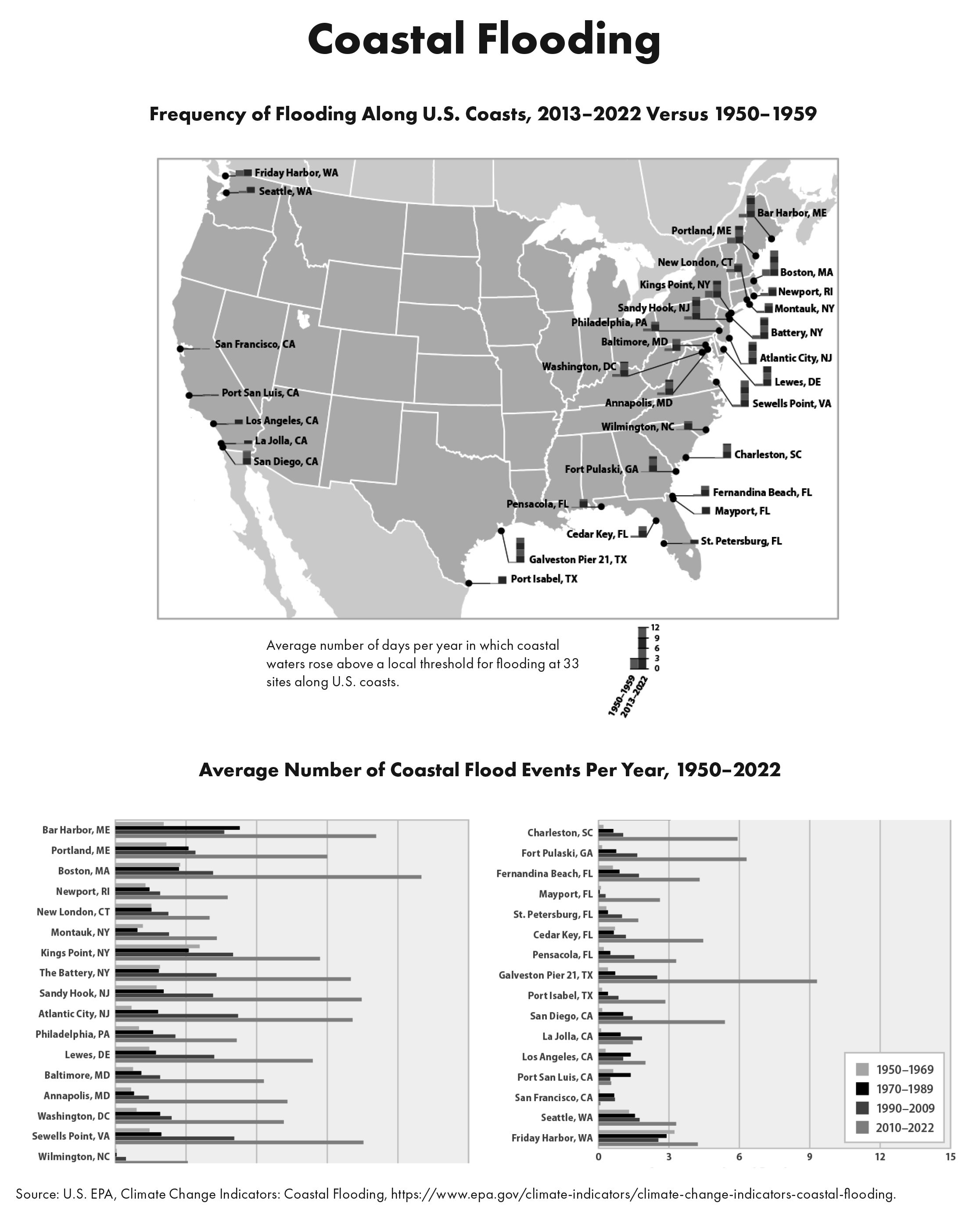Regulating Shipping of Carbon Dioxide for Sequestration
A number of facilities intended for permanent sequestration of carbon dioxide are being developed in the United States. Several will be located on or near the coast of the Gulf of Mexico, making them easily accessible to ships. Meanwhile, in Europe there is substantial interest in capturing carbon dioxide from industrial operations, but currently inadequate sequestration facilities, and growing interest in shipping carbon dioxide for sequestration in the United States. This Article reviews the main U.S. federal laws applicable to transportation and geologic storage of carbon dioxide, including laws enacted to implement relevant international treaties. The Article also contextualizes its main findings in light of the National Environmental Policy Act’s application to projects involving transportation and related storage of carbon dioxide. Finally, it considers paradigmatic state laws on the topic, namely those from Louisiana, North Dakota, Wyoming, and Texas.


